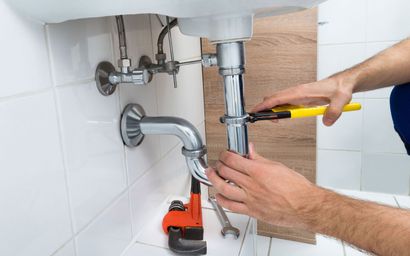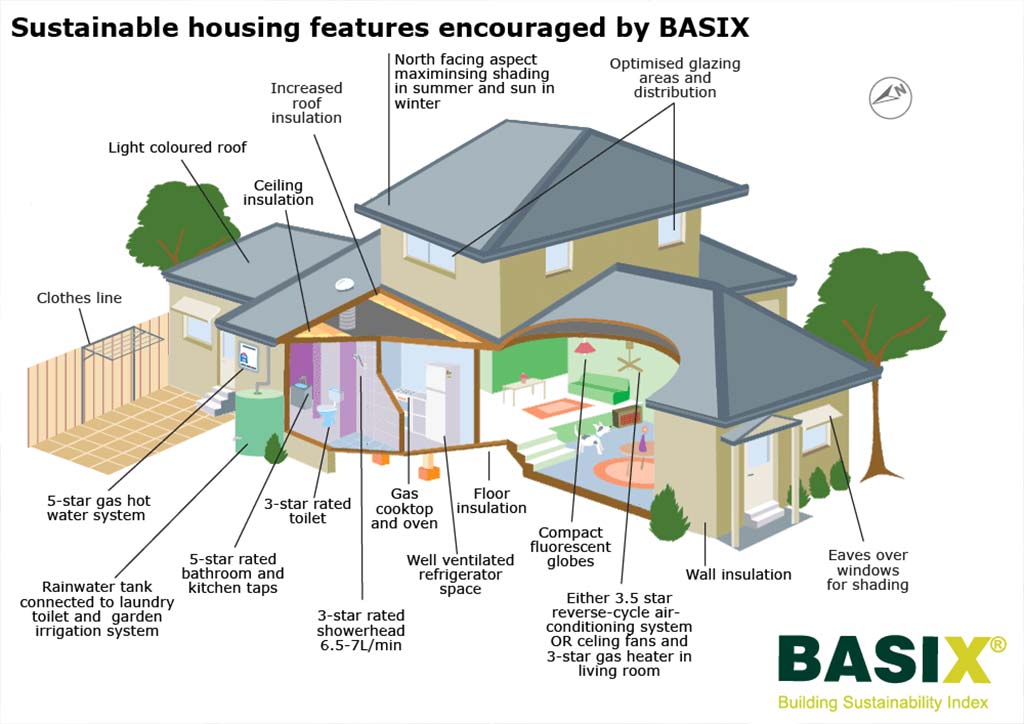They are making a few good observations on Exploring Your Homes Plumbing Anatomy overall in the article which follows.

Comprehending exactly how your home's pipes system works is necessary for every single property owner. From providing tidy water for drinking, food preparation, and showering to securely getting rid of wastewater, a well-maintained pipes system is crucial for your family's health and comfort. In this extensive guide, we'll check out the intricate network that makes up your home's plumbing and deal pointers on upkeep, upgrades, and handling common concerns.
Introduction
Your home's pipes system is greater than simply a network of pipelines; it's an intricate system that guarantees you have access to clean water and efficient wastewater removal. Knowing its components and how they interact can aid you stop expensive repairs and ensure every little thing runs smoothly.
Standard Elements of a Plumbing System
Pipes and Tubes
At the heart of your plumbing system are the pipelines and tubing that carry water throughout your home. These can be constructed from different materials such as copper, PVC, or PEX, each with its advantages in terms of longevity and cost-effectiveness.
Fixtures: Sinks, Toilets, Showers, and so on.
Components like sinks, toilets, showers, and bath tubs are where water is utilized in your home. Recognizing exactly how these fixtures attach to the pipes system assists in diagnosing troubles and preparing upgrades.
Valves and Shut-off Factors
Valves regulate the flow of water in your pipes system. Shut-off valves are crucial throughout emergency situations or when you need to make repair work, allowing you to isolate parts of the system without disrupting water circulation to the whole house.
Water Supply System
Main Water Line
The main water line attaches your home to the local supply of water or a private well. It's where water enters your home and is dispersed to different fixtures.
Water Meter and Stress Regulator
The water meter measures your water use, while a pressure regulatory authority guarantees that water moves at a risk-free pressure throughout your home's pipes system, preventing damage to pipes and components.
Cold Water vs. Hot Water Lines
Recognizing the difference between cold water lines, which provide water directly from the major, and hot water lines, which carry warmed water from the water heater, helps in repairing and planning for upgrades.
Drainage System
Drain Pipes Pipes and Traps
Drain pipes lug wastewater away from sinks, showers, and commodes to the drain or septic tank. Traps protect against drain gases from entering your home and additionally trap particles that could create obstructions.
Ventilation Pipelines
Ventilation pipelines allow air into the drain system, protecting against suction that could reduce drain and create traps to vacant. Proper air flow is essential for preserving the integrity of your plumbing system.
Value of Correct Drain
Making certain proper drain avoids back-ups and water damage. On a regular basis cleansing drains pipes and maintaining traps can protect against costly repair services and expand the life of your plumbing system.
Water Heater
Kinds Of Hot Water Heater
Water heaters can be tankless or conventional tank-style. Tankless heating systems heat water as needed, while tanks keep warmed water for immediate use.
Upgrading Your Plumbing System
Factors for Updating
Upgrading to water-efficient fixtures or changing old pipes can enhance water high quality, lower water bills, and enhance the worth of your home.
Modern Pipes Technologies and Their Advantages
Discover technologies like smart leak detectors, water-saving bathrooms, and energy-efficient water heaters that can save cash and lower environmental impact.
Price Considerations and ROI
Calculate the in advance costs versus long-term savings when considering pipes upgrades. Many upgrades pay for themselves via lowered energy bills and fewer repair work.
Exactly How Water Heaters Link to the Pipes System
Recognizing just how hot water heater attach to both the cold water supply and warm water circulation lines aids in diagnosing issues like not enough warm water or leakages.
Upkeep Tips for Water Heaters
Consistently purging your hot water heater to eliminate debris, checking the temperature settings, and inspecting for leakages can expand its life-span and boost power effectiveness.
Common Plumbing Issues
Leakages and Their Reasons
Leakages can take place as a result of maturing pipelines, loose installations, or high water stress. Attending to leakages immediately stops water damage and mold growth.
Clogs and Obstructions
Clogs in drains and toilets are usually brought on by flushing non-flushable items or a build-up of grease and hair. Using drain displays and being mindful of what goes down your drains pipes can avoid obstructions.
Indications of Pipes Troubles to Expect
Low tide pressure, slow drains pipes, foul odors, or uncommonly high water expenses are signs of prospective plumbing troubles that need to be dealt with promptly.
Pipes Maintenance Tips
Routine Inspections and Checks
Arrange annual plumbing evaluations to catch concerns early. Try to find signs of leakages, rust, or mineral buildup in faucets and showerheads.
Do It Yourself Maintenance Tasks
Straightforward jobs like cleaning tap aerators, checking for toilet leakages using color tablets, or protecting revealed pipelines in cold environments can avoid significant pipes concerns.
When to Call a Specialist Plumbing Technician
Know when a plumbing concern requires specialist competence. Attempting complicated repair work without correct understanding can result in even more damage and greater repair work prices.
Tips for Reducing Water Usage
Straightforward practices like dealing with leaks immediately, taking shorter showers, and running full lots of laundry and recipes can conserve water and reduced your utility bills.
Eco-Friendly Pipes Options
Take into consideration sustainable pipes materials like bamboo for flooring, which is durable and environment-friendly, or recycled glass for counter tops.
Emergency situation Preparedness
Steps to Take Throughout a Plumbing Emergency situation
Know where your shut-off shutoffs are located and exactly how to shut off the water supply in case of a burst pipeline or major leak.
Importance of Having Emergency Situation Contacts Helpful
Maintain get in touch with details for local plumbings or emergency solutions readily offered for quick reaction throughout a pipes crisis.
Environmental Influence and Conservation
Water-Saving Components and Devices
Installing low-flow faucets, showerheads, and commodes can significantly decrease water usage without giving up efficiency.
DIY Emergency Fixes (When Applicable).
Short-term repairs like utilizing air duct tape to spot a dripping pipe or placing a bucket under a dripping faucet can decrease damages until an expert plumbing shows up.
Final thought.
Understanding the anatomy of your home's plumbing system equips you to preserve it successfully, saving time and money on repairs. By complying with routine maintenance routines and staying educated concerning modern-day plumbing modern technologies, you can guarantee your pipes system operates successfully for many years to find.
HOW YOUR PLUMBING SYSTEM WORKS
Which Pipes Do What?
Blue lines = fresh water supply entering the building Red lines = hot water supply entering the building Grey lines = pipes carrying waste away from the building and venting pipes carrying gases away from the building (through the roof) YOUR MAIN PLUMBING SYSTEMS
There are two main plumbing systems that support your home s basic plumbing needs one that brings clean water into your home, and one that sends dirty water away from your home. Connected to the toilet, bath, shower, and other faucets in your home, these two systems keep your water flowing in the right directions.
ACCESSING FRESH WATER
Fresh and clean water is brought into your home through the main water supply line . Filtered through one pipe, this water is pressured to flow into the various fixtures in your home at any given time.
This water can be sourced from a well located on your property, a pond or river (mostly cottages), or, as in most cases, from the city s municipal water treatment centre. However, it is important to note that water that is untreated, such as the water siphoned from ponds or rivers, may not be safe to drink. Personal water supplies always need to be treated for hardness and contaminants before consumed.
MUNICIPAL WATER SUPPLIES
Improve taste and odour Remove sediment Eliminate hardness Reduce chlorine COLD WATER SUPPLY VS. HOT WATER SUPPLY
Cold water flows into your home or building through the service line, which then distributes hot or cold water to your fixtures. This line is most commonly run through a central column that runs floor to floor. Hot water runs in short and straight pipes as the longer the pipeline, the more heat that will be lost in the transfer. Having shorter pipes also allows residents to access hot water more quickly.
WASTE WATER SYSTEM
Your wastewater system is divided into two parts pipes that send wastewater away from your home and venting pipes that send sewer gas away from your home. Sewage water travels through pipes that flush the water and waste towards local sewers that are operated and managed by your city or town. Most sewer systems rely on gravity to move the wastewater to where it needs to go.
The further away from your toilet or sink, the larger wastewater pipes become. This allows for waste to be disposed of from various parts of your home or business at once without pipe blockages. The angle and flow of these pipes are also essential for keeping your waste pipes clear of build up.
https://harrisplumbing.ca/how-your-home-plumbing-system-works/

Hopefully you enjoyed reading our piece on Plumbing Installation 101: All You Need to Know. Thanks for taking time to browse our blog. Kindly take the time to distribute this blog post if you enjoyed it. Thanks for going through it.
Set An Appointment